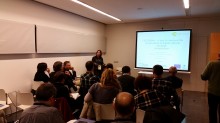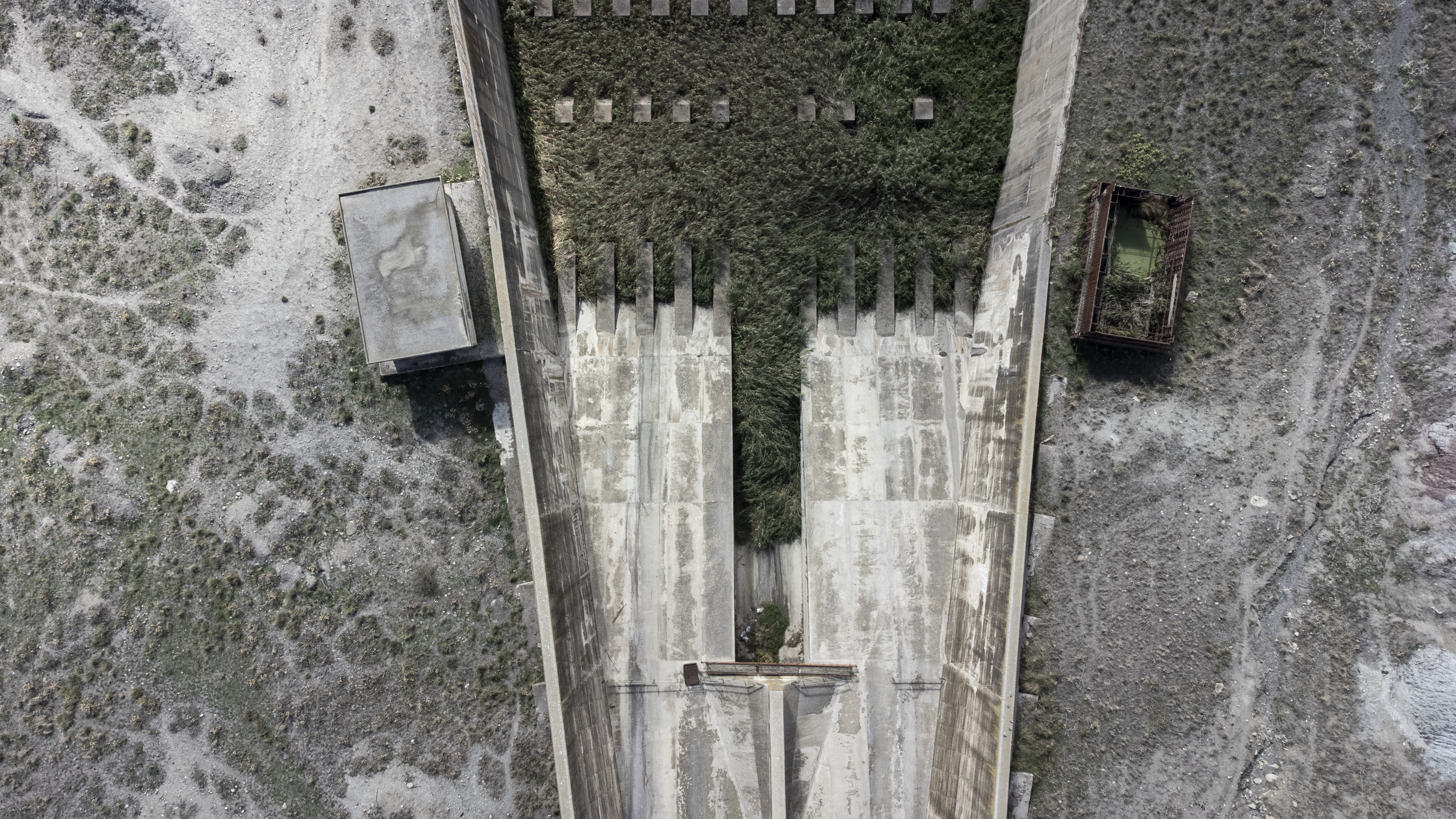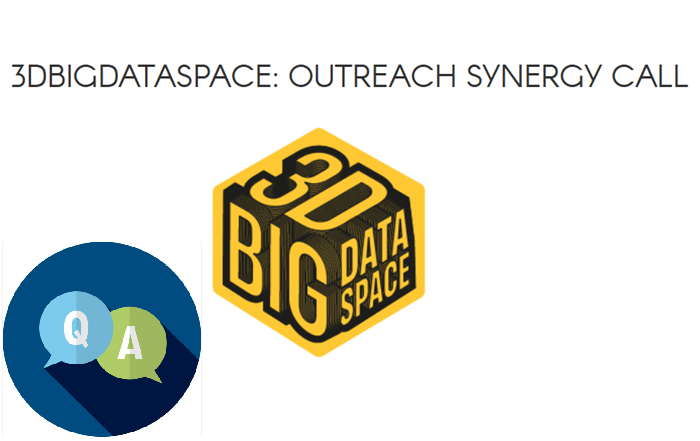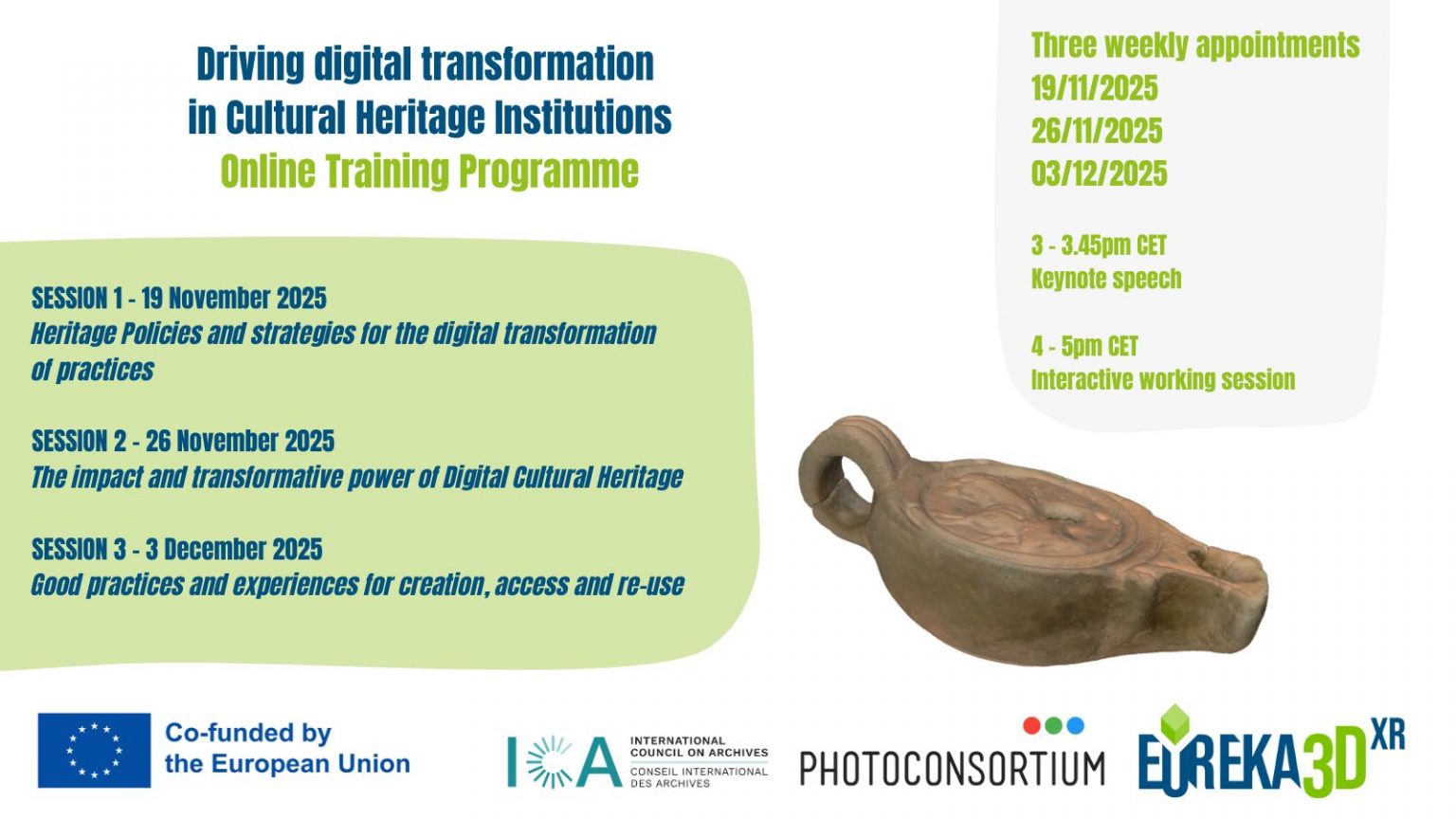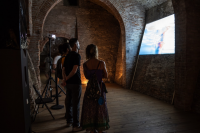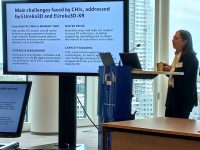Stefan Rohde-Enslin from the Prussian Cultural Heritage Foundation (SPK) will present PREFORMA at EuroMed 2016 in Cyprus. The presentation will be part of the panel “Reusing Digital Cultural Heritage: Boosting Education, Audience Engagement, Business Creation” organised by the Europeana Space project on 31 October 2016.
About the panel
Digitisation has been a major objective for most, if not all, cultural content holders in every European country. Museums, Librarie, Galleries, arts organisations and also private archives have completed significant digitisation actions, also with the support of EU financing, so that now the amount of digitised cultural heritage in Europe is really impressive.
Further progressing with digitisation, which should be extended also to minor collections, archives and private citizens, requires us to understand how digital cultural data can be re-used in novel ways, in order to leverage on this wealth of digital resources to improve citizens’ participation, access and enjoyment of cultural heritage and also to unlock the business potential that lies within it.
This panel, organized by the Europeana Space project and involving the most notable EU projects and initiatives dealing with digitised cultural heritage, intends to showcase different approaches, examples and best practice of reuse for digital cultural data, and to assess their impact in terms of enlarging citizen participation, developing advanced tools and resources for educational purposes, and for creating new businesses and job opportunities.
Relevant speakers from the key institutions in Europe, which are involved in the scenario of digital cultural heritage, will illustrate experiences of content reuse that exploit digital technologies to foster societal progress and also economic rewards. The panel is a great occasion for sharing knowledge and networking: cultural managers, ICT experts, researchers, creative industries, service providers and other EU projects are warmly invited to attend.
Info and programme available at http://www.digitalmeetsculture.net/article/reusing-digital-cultural-heritage-boosting-education-audience-engagement-business-creation/.

About the Conference
From the 31st of October until the 5th of November 2016 stakeholders from different backgrounds will have the opportunity to come together, exchange their know-how and experiences in the Cultural Heritage research as well as the current and future worldwide developments in this area.
The 6th EuroMed conference focuses on interdisciplinary and multi-disciplinary research on tangible and intangible Cultural Heritage, the use of cutting edge technologies for the protection, preservation, conservation, massive digitalisation and visualization/presentation of the Cultural Heritage content (archeological sites, artifacts, monuments, libraries, archives, museums, etc). At the same time, the event is intended to cover topics of research ready for exploitation, demonstrating the acceptability of new sustainable approaches and new technologies by the user community, SME’s, owners, managers and conservators of cultural patrimony.
For more information visit the Conference website.



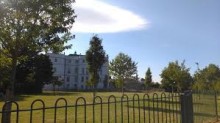
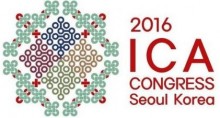
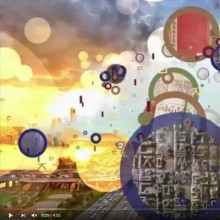 The ICA Congress 2016 will be held in Seoul, Republic of Korea. The Congress is a unique opportunity to update your professional knowledge, to compare experiences with colleagues in Korea and other parts of the world, and to meet colleagues and develop new projects. The programme includes more than 200 contributions from well over 300 speakers, many of whom are experts in their chosen fields; some of whom are new professionals building their career and all of whom are passionate about archives.
The ICA Congress 2016 will be held in Seoul, Republic of Korea. The Congress is a unique opportunity to update your professional knowledge, to compare experiences with colleagues in Korea and other parts of the world, and to meet colleagues and develop new projects. The programme includes more than 200 contributions from well over 300 speakers, many of whom are experts in their chosen fields; some of whom are new professionals building their career and all of whom are passionate about archives.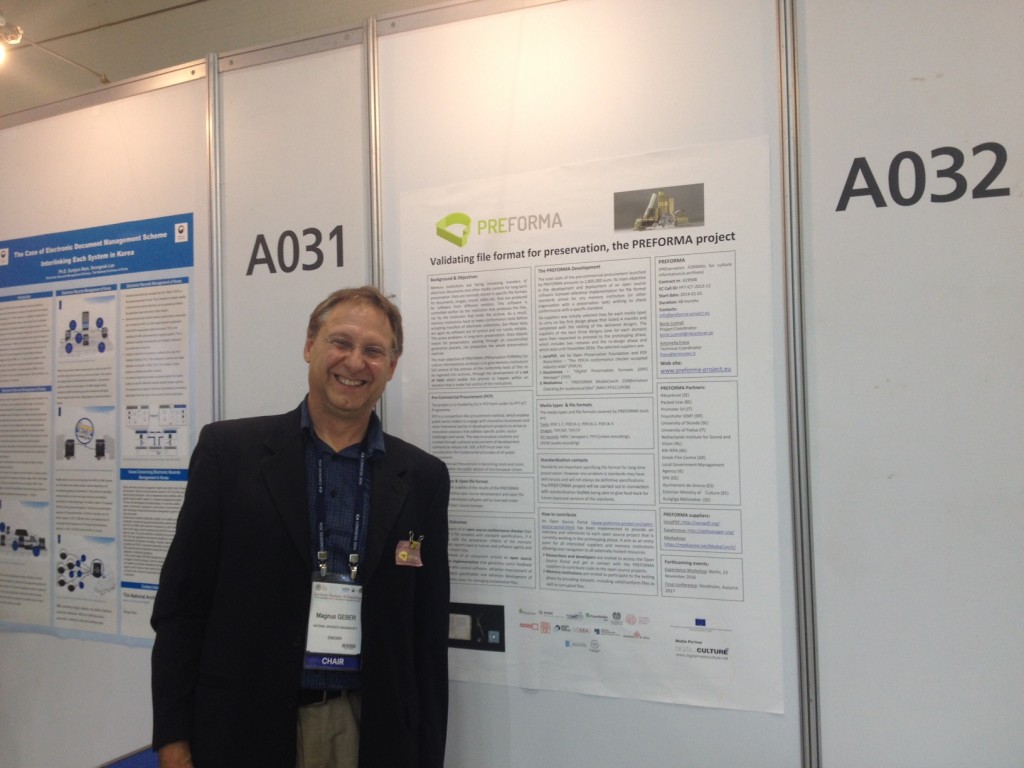

 The
The 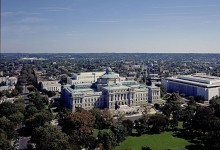
 IASA, the International Association of Sound and Audiovisual Archives, welcomes you to participate in the 47th Annual IASA Conference hosted by and held at the Library of Congress, Washington, D.C., USA from 25-29 September 2016.
IASA, the International Association of Sound and Audiovisual Archives, welcomes you to participate in the 47th Annual IASA Conference hosted by and held at the Library of Congress, Washington, D.C., USA from 25-29 September 2016.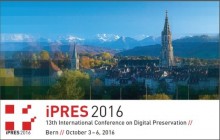
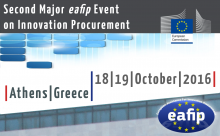
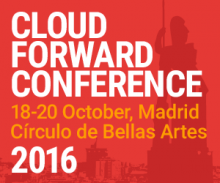
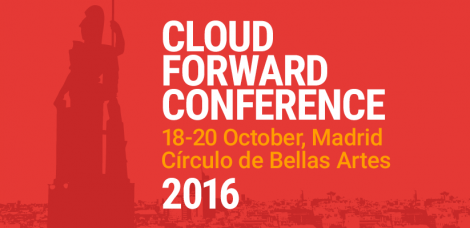
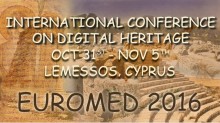

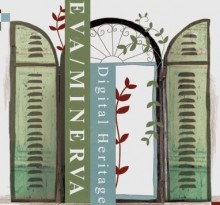
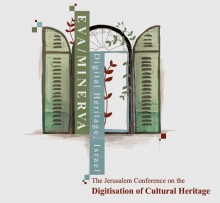 On 7 and 8 November 2016 the 13th annual international conference for professionals in cultural heritage will take place in Jerusalem.
On 7 and 8 November 2016 the 13th annual international conference for professionals in cultural heritage will take place in Jerusalem.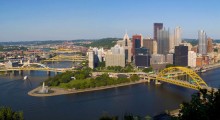
 AMIA is a nonprofit international association dedicated to the preservation and use of moving image media. AMIA supports public and professional education and fosters cooperation and communication among the individuals and organizations concerned with the acquisition, preservation, description, exhibition, and use of moving image materials.
AMIA is a nonprofit international association dedicated to the preservation and use of moving image media. AMIA supports public and professional education and fosters cooperation and communication among the individuals and organizations concerned with the acquisition, preservation, description, exhibition, and use of moving image materials.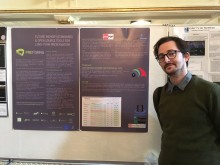
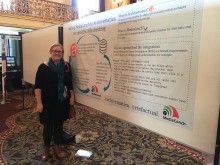

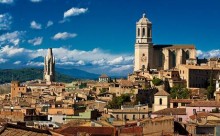
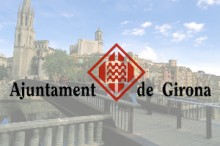 Organized by the
Organized by the 